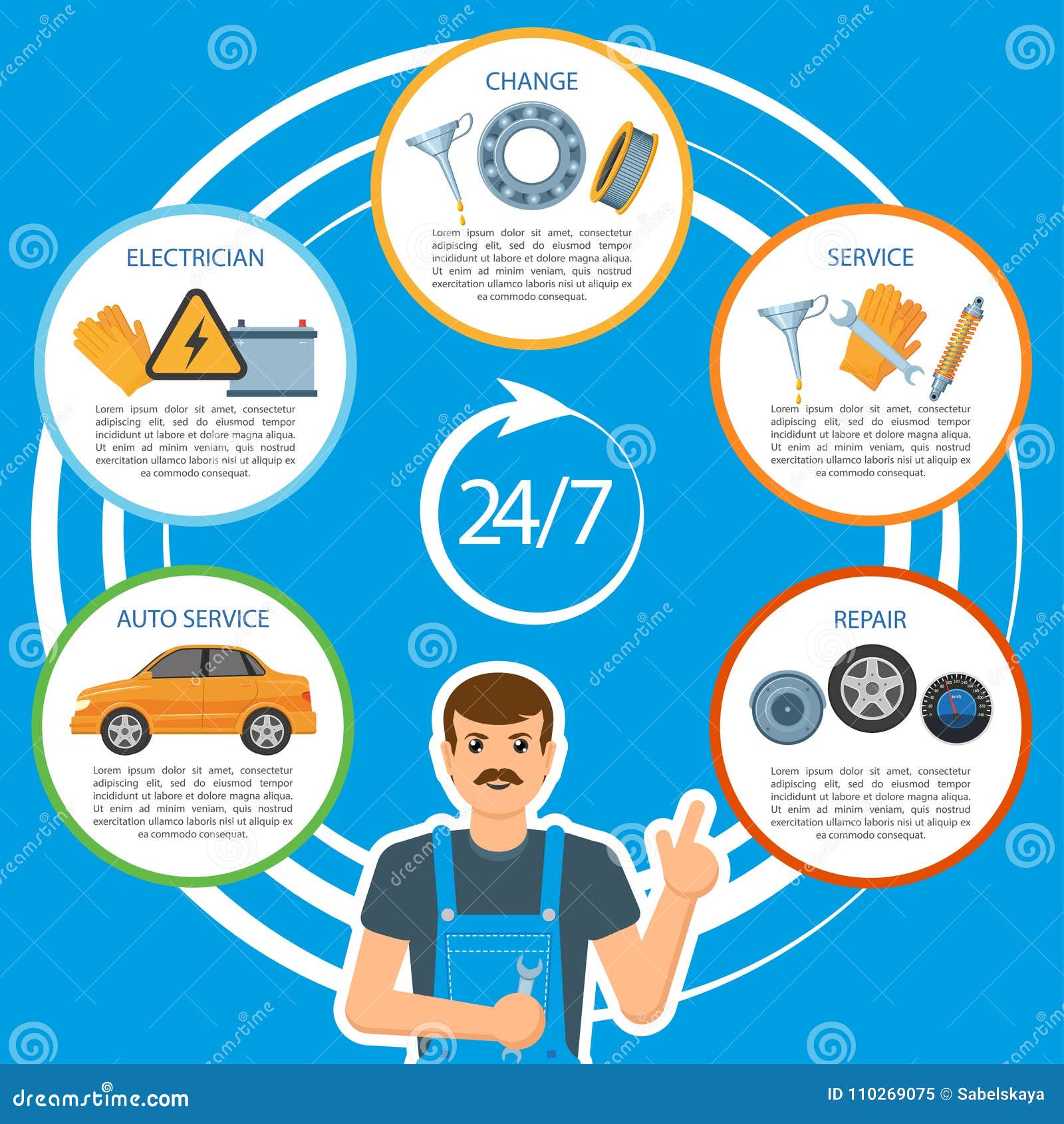Seeking Clarity On The Caution Lights Displayed On Your Vehicle'S Dashboard? Find Out How They Associate With Your Vehicle'S Health And Safety
Seeking Clarity On The Caution Lights Displayed On Your Vehicle'S Dashboard? Find Out How They Associate With Your Vehicle'S Health And Safety
Blog Article
Web Content Author-Higgins Stark
When you're behind the wheel, those glowing warning lights on your dashboard can be a little bit difficult. Do you know what they're trying to inform you about your vehicle's health and wellness? Recognizing the significance of these lights is essential for your security and the longevity of your automobile. So, the next time one of those lights turns up, wouldn't you want to decipher its message properly and take the necessary steps to resolve it?
Common Warning Lighting and Interpretations
Recognize typical warning lights in your cars and truck and understand their significances to make certain safe driving.
One of the most typical caution lights consist of the check engine light, which signifies concerns with the engine or exhausts system. If https://car-oil-change49483.win-blog.com/11483941/personal-story-overhauling-my-weakening-automobile-throughout-a-weekend-break-outlining-session comes on, it's crucial to have your automobile checked promptly.
click this over here now warning light suggests reduced oil pressure, calling for instant focus to avoid engine damages.
A blinking battery light might suggest a faulty billing system, potentially leaving you stranded otherwise resolved.
The tire stress monitoring system (TPMS) light alerts you to low tire stress, impacting car security and fuel effectiveness. Overlooking this might cause dangerous driving conditions.
The abdominal light indicates an issue with the anti-lock braking system, compromising your capability to stop quickly in emergency situations.
Last but not least, the coolant temperature advising light warns of engine overheating, which can lead to extreme damage otherwise fixed quickly.
Comprehending ocd detailing will certainly assist you resolve problems promptly and keep secure driving conditions.
Significance of Prompt Focus
Comprehending the common caution lights in your car is only the initial step; the importance of promptly attending to these cautions can not be highlighted sufficient to ensure your safety on the road.
When a caution light brightens on your dashboard, it's your vehicle's means of communicating a prospective problem that needs attention. Ignoring these cautions can lead to extra severe problems down the road, jeopardizing your safety and security and potentially costing you a lot more in repairs.
Prompt attention to cautioning lights can stop malfunctions and crashes. For example, a flashing check engine light can show a misfire that, if left ignored, might trigger damage to the catalytic converter. Addressing this quickly can conserve you from a costly repair work.
Similarly, a brake system cautioning light may indicate low brake fluid or worn brake pads, vital parts for your security when driving.
DIY Troubleshooting Tips
If you observe a caution light on your dashboard, there are a few DIY fixing ideas you can attempt before looking for specialist assistance.
The primary step is to consult your car's guidebook to recognize what the certain warning light shows. In some cases the concern can be as basic as a loose gas cap setting off the check engine light. Tightening up the gas cap might solve the issue.
One more usual problem is a low battery, which can set off different alerting lights. Checking the battery links for rust and guaranteeing they're protected may deal with the trouble.
If a caution light persists, you can attempt resetting it by disconnecting the automobile's battery for a couple of mins and then reconnecting it. Additionally, inspecting your automobile's fluid degrees, such as oil, coolant, and brake liquid, can aid fix cautioning lights connected to these systems.
Conclusion
Finally, understanding your car's warning lights is important for keeping your car running efficiently and securely. By quickly dealing with these alerts and recognizing what they mean, you can avoid costly repairs and possible failures.
Bear in mind to consult your car's handbook for specific information on each warning light and take action accordingly to make sure a trouble-free driving experience.
Stay notified, remain safe when traveling!
